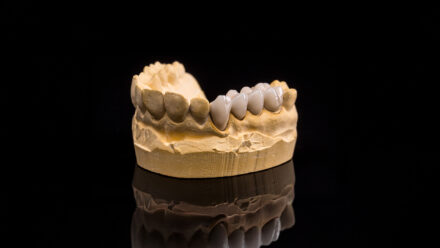In the realm of plastic surgery, managing post-operative fluid accumulation is crucial for optimal healing. Surgeons employ two primary approaches: traditional drain tubes and innovative drainless techniques. Let’s explore these methods and their impact on patient recovery!
Understanding Surgical Drains
Surgical drains are essential tools in many plastic surgery procedures. These thin tubes are usually made of silicone or plastic. They measure 3 to 10 millimeters wide and have a container at the end. Their primary function? To evacuate blood and other fluids that accumulate at the surgical site during the healing process.
Key Benefits of Surgical Drains:
- Fluid Management: Drains efficiently remove excess fluid, reducing swelling and promoting faster healing.
- Infection Prevention: By eliminating fluid buildup, drains minimize the risk of bacterial growth and subsequent infections.
- Enhanced Wound Healing: Proper fluid drainage supports optimal healing of surgical incisions.
- Comfort Improvement: Reducing fluid accumulation alleviates pressure on surrounding tissues, minimizing discomfort and pain.
- Recovery Monitoring: The volume and quality of drained fluid provide valuable insights into the patient’s healing progress.
Proper drain care is paramount. Patients must adhere to their surgeon’s instructions for maintenance and removal to ensure optimal recovery and minimize complications.
The Rise of Drainless Surgeries
Advancements in surgical techniques have paved the way for drainless procedures in plastic surgery such as liposuction. This innovative approach focuses on meticulous tissue handling and refined surgical methods to minimize fluid accumulation without relying on external drainage systems.
Advantages of Drainless Surgeries:
- Reduced Fluid Pooling: Precise surgical techniques minimize the potential for post-operative fluid buildup.
- Accelerated Recovery: The absence of drain tubes allows for greater mobility and comfort during the healing process.
- Decreased Complication Risk: Eliminating drains removes potential issues associated with their placement and removal.
Choosing the Right Approach

While drainless surgeries offer compelling benefits, it is essential to recognize that every patient and surgical scenario is unique. The decision between traditional drain use and drainless techniques ultimately rests with the surgeon, who carefully considers individual patient factors and specific procedural requirements.
Prioritizing Patient Outcomes
Whether you choose drain tubes or drainless methods, the main goal is the same. It is to ensure the best healing and reduce post-operative problems. Surgeons weigh the pros and cons of each approach to tailor the best possible treatment plan for each patient.
By learning about these post-surgery management strategies, patients can have better talks with their plastic surgeons. This can lead to a smoother and more prepared recovery experience! 💟












